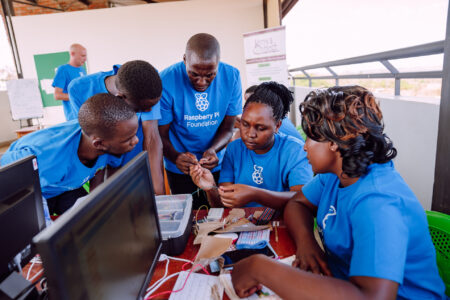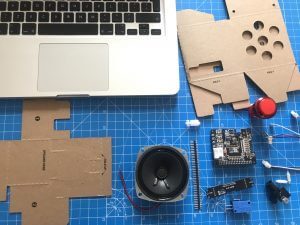Schlagwort: International Women’s Day
-

How can computing education promote an equitable digital future? Ideas from research
Reading Time: 7 minutesThis year’s International Women’s Day (IWD) focuses on innovation and technology for gender equality. This cause aligns closely with our mission as a charity: to enable young people to realise their full potential through the power of computing and digital technologies. An important part of our mission is to shift the gender…
-

Real role models for International Women’s Day 2019
Reading Time: 4 minutesThe Raspberry Pi Foundation’s mission is to bring computing and digital making to everyone. Tackling the persistent gender imbalance in technology is a crucial part of this undertaking. As part of our work to increase the number of girls choosing to learn how to create with technology, we are marking International Women’s…
-

Celebrate Women’s History Month on Twitch
Reading Time: 2 minutesTwitch is home to an incredibly diverse set of creators and communities and this March, in honor of Women’s History Month and International Women’s Day (March 8), we’re shining the spotlight on some of our favorite women streamers. You’re invited to join the celebration! Featured Streamers No matter what kind of stream…
-

Coding is for girls
Reading Time: 5 minutesLess than four years ago, Magda Jadach was convinced that programming wasn’t for girls. On International Women’s Day, she tells us how she discovered that it definitely is, and how she embarked on the new career that has brought her to Raspberry Pi as a software developer. “Coding is for boys”, “in…



